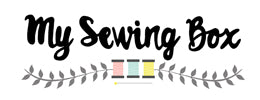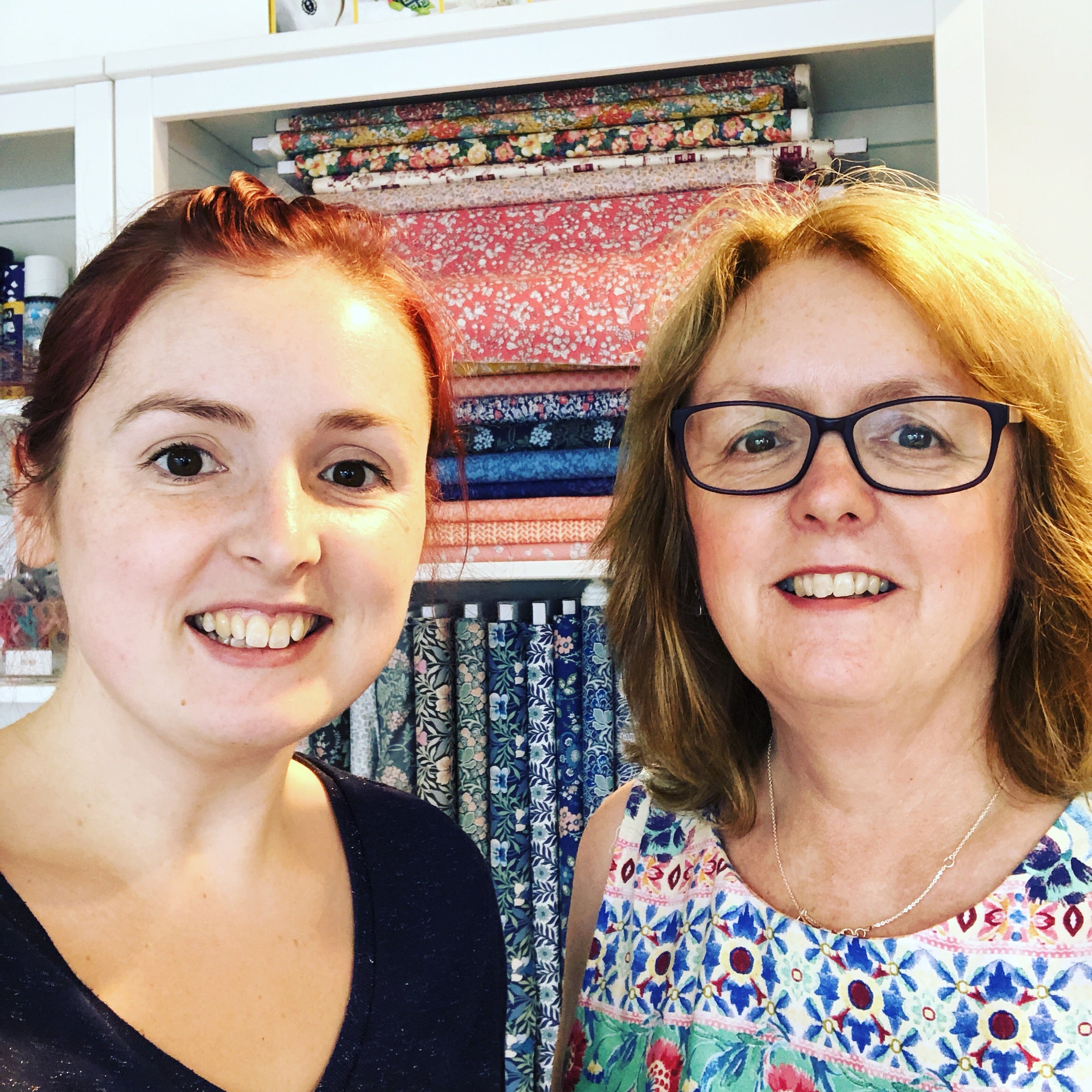Sew Cute To Cuddle features an array of popular and likeable characters that any child would love to see sitting on their bed every morning. It seems there are endless characters to create in the book, which features 12 patterns for "easy soft toys and stuffed animals".
Read on for our full review of what seems to be a very popular sewing book at the moment...

Initial thoughts
From the outside, the book looks quite fun and modern, like you'd be able to find something in there that you would like to make quite easily. The bright colours and glossy finish make it seem like a great present in itself for any enthusiastic sewer!
The front cover features 3 of their designs, one of which I had a go at making up. The blurb of the book succinctly tells you everything about what's between its pages, and is actually very helpful - mentioning the easy patterns at full size for instant tracing/photocopy, clear diagrams, and unique designs.
Inside, the patterns and instructions do seem very well laid out - there is a clear photograph of each toy in its finished glory, alongside diagrams for each step of the way. There are also useful tips on some pages, where some of the techniques may be hard or confusing. Helpfully, they point you to the kind of skill level you need to complete the projects, as some are a little harder than others.

Readability
The book is relatively easy to read and understand, but as some of the designs get confusing at points (for us, when attached legs and arms inside the body of Emma, the girl doll) it definitely is useful to have their diagrams for reference! Being the ambitious sewer that I am, I quite often wanted to sew things on in a different way or sequence to which they had stated, but I stuck to the instructions and it came out okay. There were times when I get a little confused but the pictures definitely helped me through!
My biggest problem was choosing which one to make first...
Patterns
I think the patterns in this book are fantastic! So original and fun, and yet they tend to work around similar groups of patterning - for example, Emma and Emilio, the boy and girl, use a very similar pattern that make it easy to complete one when you've already done the other. The only pattern I struggled with was the complication of the Dragon pattern, but they do warn you that it is for more experienced toy makers. I would say the sheer number of parts is what complicates it with that pattern, over anything else!
But all in all, I know most children would love to have any one of these designs sitting on their bed every morning, and I wouldn't ever worry that I'd picked the wrong one to make because they are all so great!
Making Up
Making up depends on how well you know your sewing techniques. As a bit more of a beginner, I wouldn’t say that these patterns are easy as such, as there are some challenging elements; however, the challenging elements tend to be fiddly bits, that I’m not sure get much easier with experience, but become something you learn to power through! The toys seem to come together relatively quickly though, which is very satisfying – I made the Emma doll in an afternoon.
It can take a couple of attempts to get everything perfect, but to be honest, mine looked okay having only spent one afternoon on it. Yes, it could have all been a bit neater, and next time I would try to attach the arms and legs a little closer, but overall, it’s not hard to come out with something decent. For the perfectionists out there, it may take a few tries before it all looks neat and tidy, especially if you’ve never made toys before.
The other challenge that some readers may have when making, is trying to match fabrics! Whilst some fabrics are easy to source (polka dots and plains etc), some of the fabrics they have used are ones I’ve never seen around. This means that quite often you’ll need to find your own based on the colours they have used in the book, or make up your own set of co-ordinating fabrics. I didn’t find this too hard and used their colours as a base, but for those of you who struggle with fabric matching and co-ordination, this may be more of a challenge.
Don’t be afraid to go with your gut and do a bit of clashing though! As I’ve said, if you get stuck, just follow the basic shades that they have used. For example, they used a funky orange and yellow 80’s type fabric for Emma’s hair, which I substituted for a yellow pinstripe. Dress and clothing-wise, I stuck to a staple bright pink in two different patterns, with a complimentary lime green on the legs.
Although my two pinks for the body and feet didn’t quite match, the green in between meant that you couldn’t really tell and they didn’t look out of place. The secret to using colours that are slightly off matching – place a contrasting one in between, and usually you won’t notice the difference!

Word of warning
One small thing to note is that if you’re making any of these toys to sell, they must comply with safety regulations. The book doesn't really mention this except for on the very last page, but it is important if you use this book to go on to make your own designs (or just want to make sure your makes are super safe for kids).
Overall Rating: 5 *****
Overall, this book gets a 5/5 because I think it’s a great all rounder for most people, and not a bad start for those who’ve never attempted sewing toys or stuffed animals before. The patterns and instructions are clear and concise for the most part, which really helps when making up, and some projects can be done in a day.

